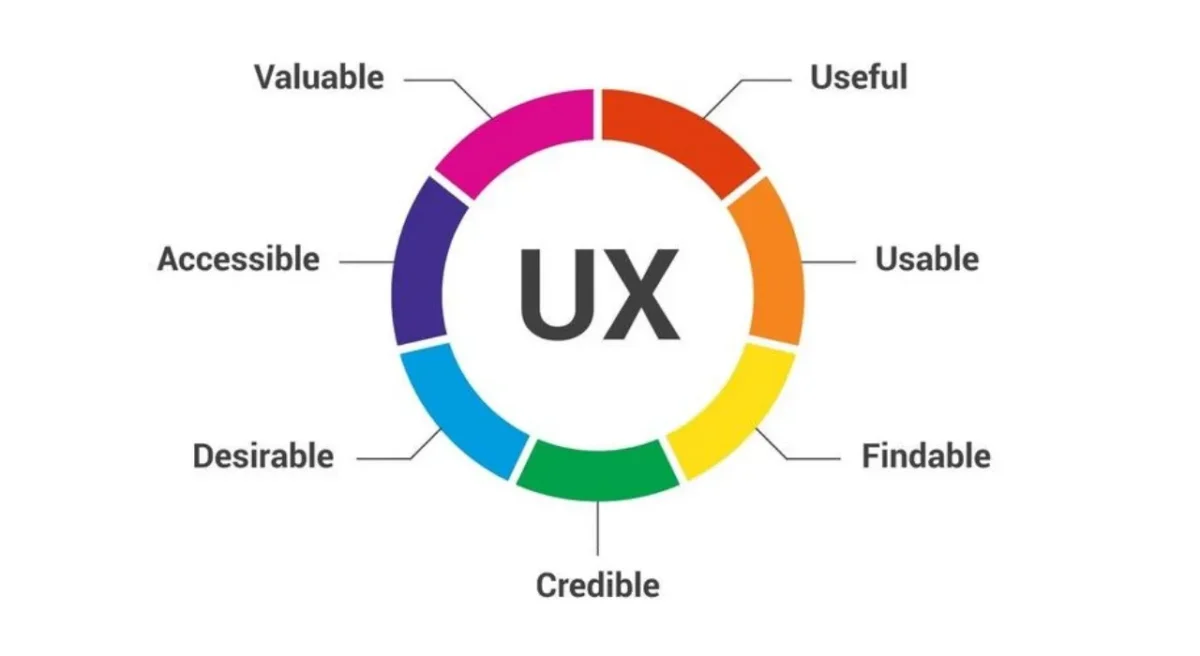Whenever I do UX design, my goal is always to create digital experiences that users love. It’s not just about creating a pretty interface; it’s about designing an experience which i earlier explained in how to learn ui-ux designer in 7 days. One of the key aspects of UX design is ux optimization, which involves improving the user experience to make it more efficient, effective, and satisfying. I’m sharing my insights on UX optimization, including what it is, how to optimize a UX design, and the seven pillars of UX design.
Table of Contents
What is UX optimization?
UX optimization is the process of improving the user experience by making it more efficient, effective, and satisfying. It involves analyzing user behavior, identifying pain points, and implementing changes to address those pain points. Its optimization can be done at various stages of the design process, from the initial wireframes to the final product.
How do you optimize a UX design?
Optimizing a UX design involves a series of steps, including:
Understanding the user:
The first step in optimizing a UX design is to understand the user. This involves conducting user research, such as surveys, interviews, and usability testing, to gather insights into user behavior, needs, and expectations.
Identifying pain points:
The next step is to identify the pain points in the user experience. Pain points are areas where users are struggling or experiencing frustration. This can be done through user testing, analytics, or feedback from customer support.
Implementing changes:
Once pain points have been identified, changes can be implemented to address them. This may involve redesigning the interface, simplifying the user flow, or adding new features.
Testing and iterating:
After implementing changes, it’s important to test them to ensure they’re effective. This can be done through usability testing or A/B testing. Based on the results, further changes can be made until the user experience is optimized.
Is UX focused on optimization?
Yes, UX is focused on optimization. The goal of UX design is to create digital experiences that meet the needs and expectations of the users. This involves optimizing the user experience to make it more efficient, effective, and satisfying. By optimizing the user experience, UX designers can increase user engagement, retention, and loyalty.
What are the 7 pillars of UX design?
The seven pillars of UX design are:

- Usability: The product must be easy to use and navigate.
- Findability: Users should be able to find what they’re looking for quickly and easily.
- Credibility: The product must be trustworthy and reliable.
- Desirability: The product should be visually appealing and emotionally engaging.
- Accessibility: The product must be accessible to all users, including those with disabilities.
- Value: The product must provide value to the user, either by solving a problem or meeting a need.
- Usability: The product should be easy to use and navigate.
By focusing on these seven pillars, UX designers can create digital experiences that meet the needs and expectations of the users.
What are the 4 components of UX?
The four components of UX are:
Usability:
Usability refers to how easy and intuitive it is for a user to interact with a product or service. It involves designing interfaces that are easy to understand and use, as well as ensuring that the overall user experience is smooth and hassle-free.
Functionality:
Functionality refers to the extent to which a product or service meets the user’s needs and expectations. This includes ensuring that the product or service is capable of performing all the functions that the user expects it to perform.
Aesthetics:
Aesthetics refer to the overall look and feel of the product or service. This includes the use of typography, color, and other design elements to create a visually appealing user interface.
Accessibility:
Accessibility refers to how easy it is for users with disabilities to access and use the product or service. This involves designing interfaces that are compatible with screen readers, keyboard navigation, and other assistive technologies.
What are the 5 levels of UX strategy?
The five levels of UX strategy are:
- Level 1: UX Research – This involves conducting user research to identify the needs, preferences, and pain points of users.
- Level 2: UX Design – This involves creating user-centered designs that meet the needs and expectations of users.
- Level 3: UX Testing – This involves testing the user experience to identify any usability issues or areas for improvement.
- Level 4: UX Implementation – This involves implementing the design and testing changes to the product or service.
- Level 5: UX Metrics – This involves measuring the success of the UX strategy using metrics such as user satisfaction, task completion rates, and conversion rates.
Conclusion

UX optimization is the process of improving the user experience of a product or service through continuous testing, research, and design improvements. UX optimization involves designing products that are easy to use, meet the needs and expectations of users, and are visually appealing. The seven pillars of UX design and the four components of UX provide a framework for designing products that meet the needs of users. The five levels of UX strategy provide a roadmap for implementing and measuring the success of optimization efforts. By focusing on optimization, businesses can improve customer satisfaction, increase conversions, and gain a competitive edge in their industry.








